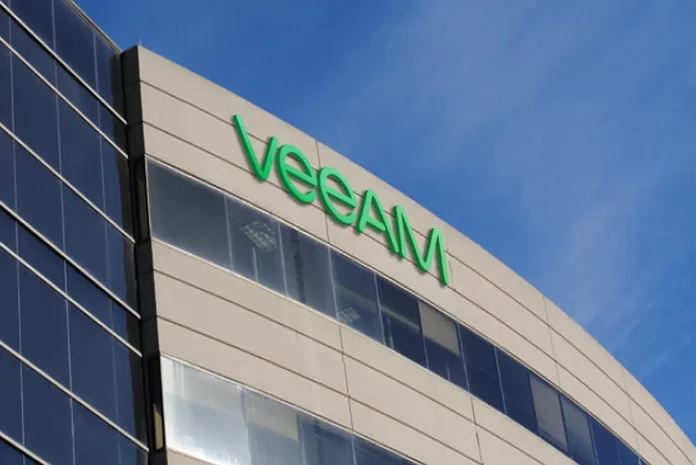Kash Patel, US President-elect Donald Trump’s pick for the FBI chief, has been allegedly targeted by hackers from Iran, media...
report
India's industrial & logistics construction to exceed 60 million square feetIANS India's rapid urbanisation, robust infrastructure development, and economic growth...
25 pc hike in Centre's capex to spur growth in second half of 2024-25: ReportIANS The Central government's capital expenditure...
IBM, released its first-ever State of Sustainability Readiness Report 2024, revealing that 98% of Indian business leaders surveyed are planning...
Affinidi, has released ‘Unlocking Customer Value as an Experience-Orchestrated (X-O) Business’, an IDC InfoBrief commissioned by Affinidi that explores the...
Indian startups raise $9.2 bn VC funding during Jan-Octtwitter About 984 venture capital (VC) funding deals were announced in India...
India stands out as a leader in AI-driven sustainability initiatives: ReportIANS About 98 per cent of Indian business leaders are...
Veeam Software, announced that global research firm, Forrester Research has positioned the company as a leader in The Forrester Wave:...
India needs large-scale worker housing infra to truly unleash manufacturing: ReportIANS To truly unleash Indian manufacturing, the country must think...
IANS The Indian real estate sector is set to cross $4.8 trillion in market size by 2047, contributing over 18...



